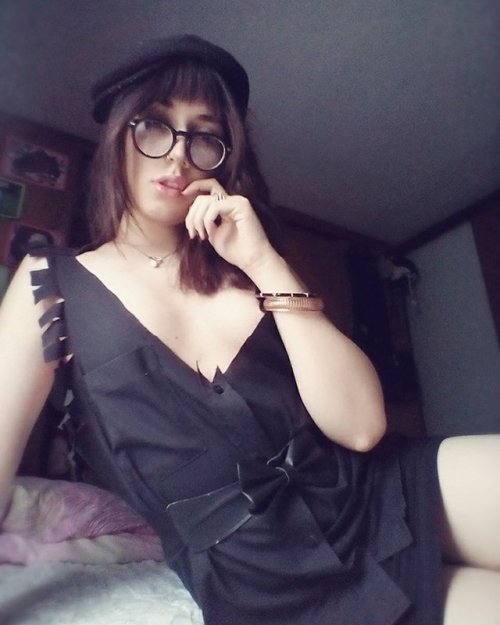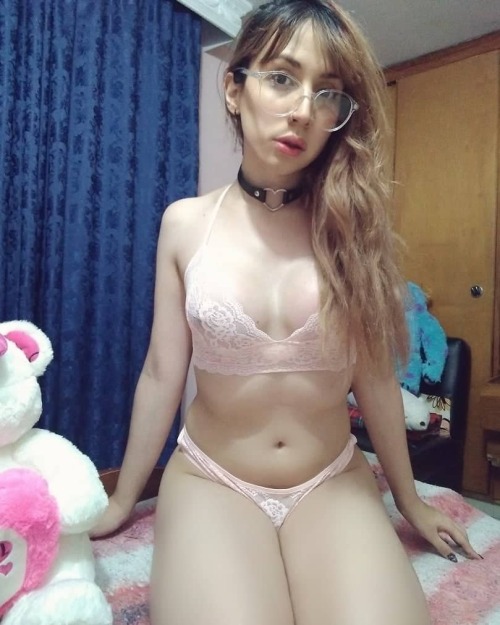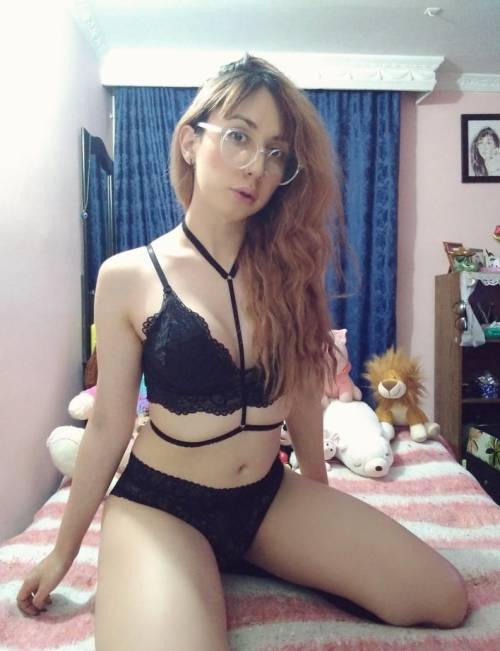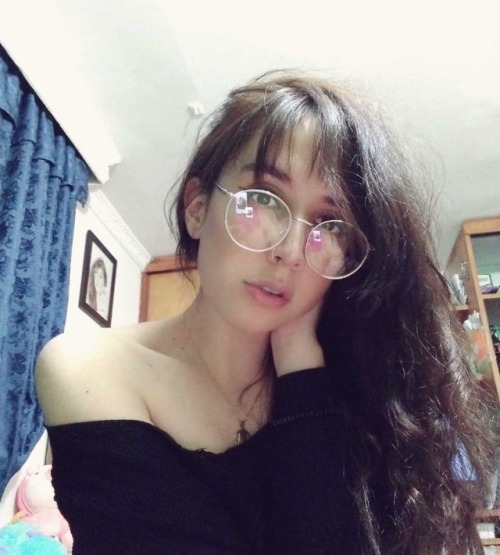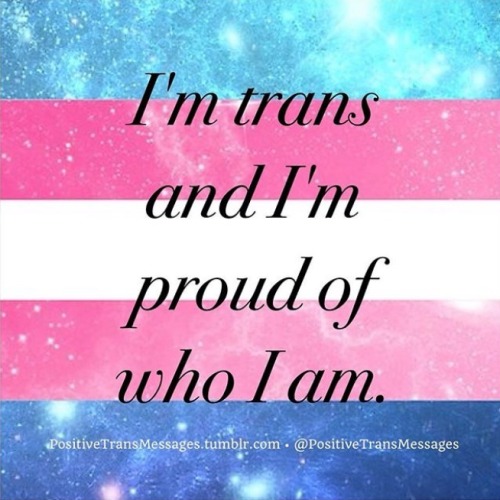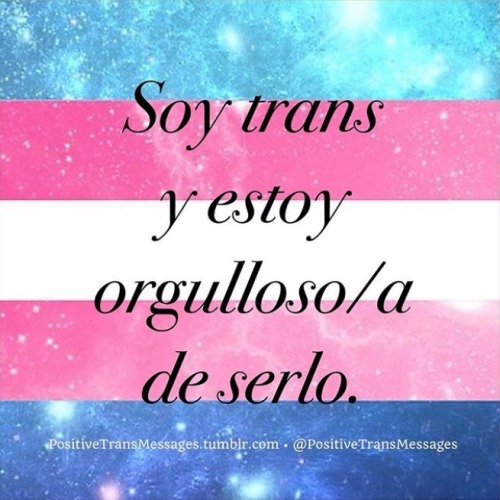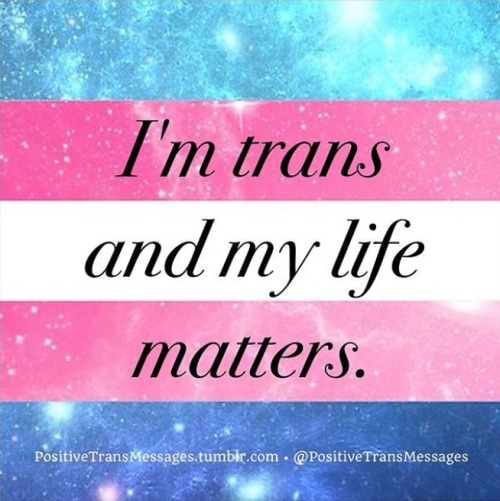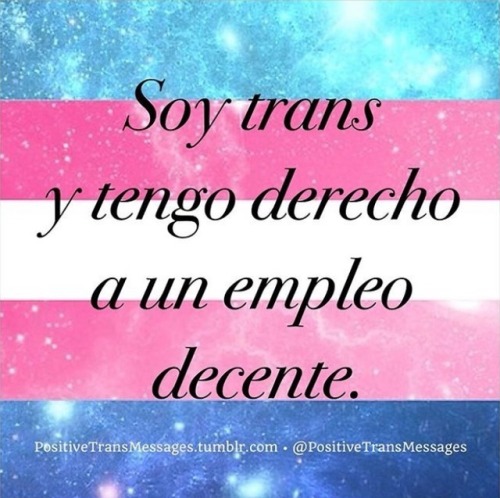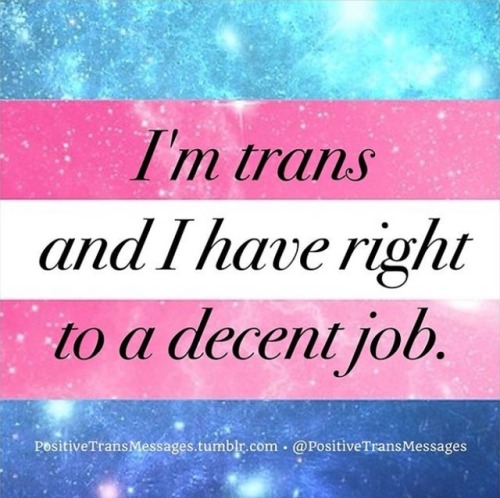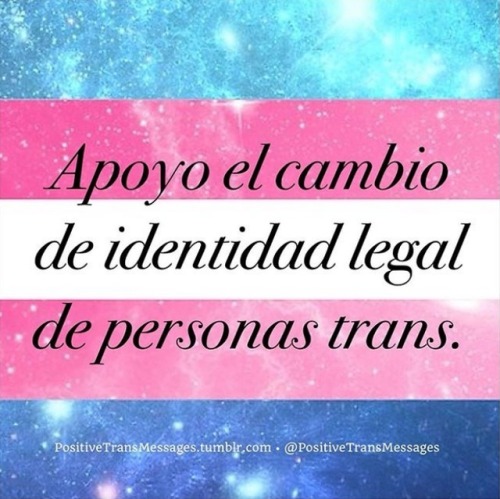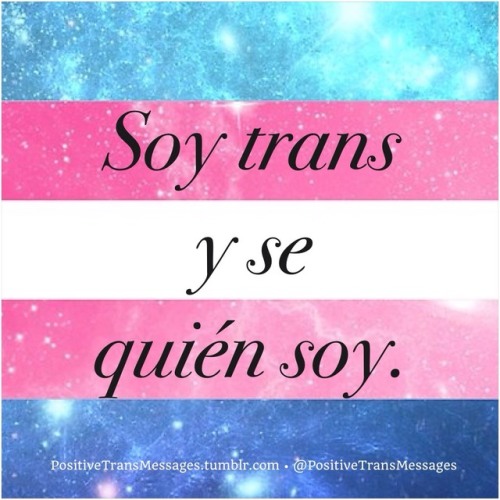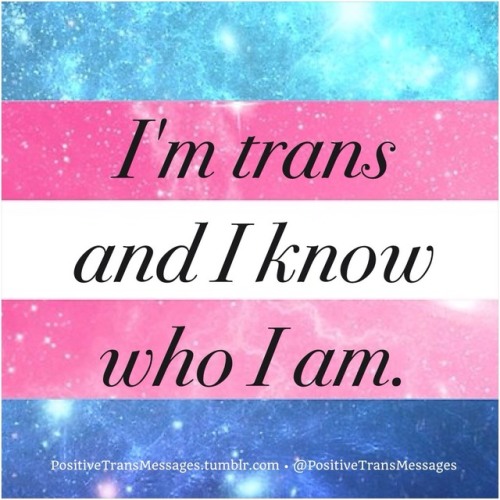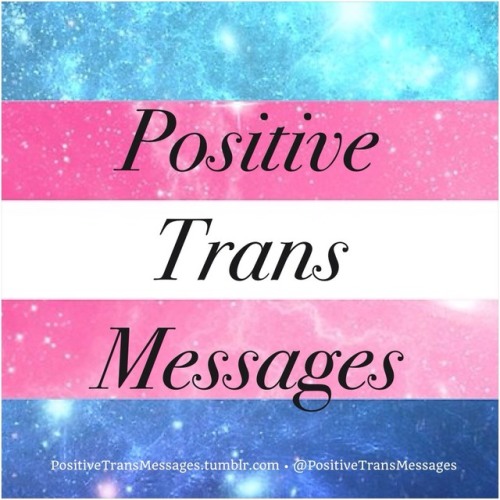#transgenero
Angeles del Mar, colombian trans, 24 years old.
* INSTAGRAM: angelesdelmartrans
* XVIDEOS - XHMSTER - PRNHUB: angelesdelmar
* TWITTER: angelesdelmarts
Post link
Angeles del Mar, colombian model, sugar baby and scort shemale.
* xvideos - xhamster - prnhub: angelesdelmar
* TWITTER: angelesdelmarts
*INSTAGRAM: angelesdlmar
Post link
Angeles del Mar, colombian shemale.
* xvideos - xhamster - prnhub: angelesdelmar
*INSTAGRAM: angelesdelmarcol
Post link
Angeles del Mar, colombian shemale.
* xvideos - xhamster - prnhub: angelesdelmar
*INSTAGRAM: angelesdelmarcol
Post link
Angeles del Mar, colombian shemale.
* xvideos - xhamster - prnhub: angelesdelmar
*INSTAGRAM: angelesdelmarcol
Post link
Angeles del Mar, colombian shemale.
* xvideos - xhamster - prnhub: angelesdelmar
*INSTAGRAM: angelesdelmarcol
Post link
Angeles del Mar, colombian transgender.
- INSTAGRAM: angelesdelmartrans
- X videos: angelesdelmar
Post link
Angeles del Mar, Colombian transgender! <3
* XVIDEOS: https://www.xvideos.com/pornstar-channels/angelesdelmar
* INSTAGRAM: angelesdelmartrans
Post link
Writer Riley R.L. on the risks that come with cosmetics brands capitalizing on queer narratives.
In this op-ed, nonbinary writer Riley R.L. shares the impact of makeup on their identity, and the risks that come with cosmetic brands capitalizing on queer narratives.
October 21, 2019

“They say beauty is in the eye of the beholder,” Lady Gaga declares in the launch video for her new makeup line. “But at Haus Laboratories, we say beauty’s how you see yourself.” The video features Gaga surrounded by a racially diverse, gender nonconforming group of models showing off glittery eye makeup and bold lip colors. Its message is about freedom, specifically the freedom to express your identity however you want to. “We want you to love yourself,” Gaga concludes, and she’s got just the thing to help us do it: For $49, you can get a trio of lip products in a variety of color combos, which the brand’s website calls “tools of self-expression and reinvention.”
The Haus Laboratories launch is just one of many examples of how the cosmetics industry has been using identity narratives to market their ads with LGBTQ consumers in mind. Through pride campaigns and inclusive marketing, brands like Morphe,Milk Makeup, and M.A.C are trying to push the cultural conversation around makeup forward by bringing queer, trans, and gender nonconforming faces to the forefront, apparently as a way to help normalize the varying expressions of our community.
This mirrors a larger shift in the beauty space. LGBTQ creators like Gigi Gorgeous,Jeffree Star, and Nikita Dragun have gained huge audiences online and created successful product collaborations, while major beauty publications like Elle,Cosmopolitan, and Allure have covered the rise of queer beauty influencers and gender-neutral cosmetics brands. It’s clear that the world of cosmetics is trying to move away from the conventional standards it was previously associated with to promote an aesthetic of freedom, however ambiguously defined that may be.
For many LGBTQIA people, makeup can play a valuable, if not complicated, role in exploring gender, something that rings true in my own story. The first time I wore eye shadow out of the house, I still largely identified with the gender I had been assigned at birth; I spent most of that night worrying about what wearing makeup while presenting as male might open me up to. I feared ridicule, harassment, even violence — things that, fortunately, had not been an average part of my day-to-day life. Wearing makeup that first time was the most aware I’d ever been of the grip that gendered expectations had on the way I lived, and that realization made me feel weak and unfulfilled; all my life, I could suddenly see, I’d been under the control of beliefs about gender that I didn’t agree with, and that I had internalized without ever choosing to.
Thankfully, nothing out of the ordinary happened that night. As a kind of resistance to those feelings of weakness, I made an effort to start wearing makeup more often, and became increasingly comfortable with choosing to present and express myself in a way that was more unconventional. Ultimately, makeup was one of many things that helped me come to terms with the fact that I felt more at home outside of traditional gender roles than I did within them, and that my identity fit better under the umbrella of nonbinary than it did under male.
For me, that revelation came with a reduced emphasis on how I presented. Nowadays, I rarely wear much makeup (neither do most of my trans and nonbinary friends). But as queer identity seems to become more and more intertwined with the cosmetics industry, I find myself shying away from sharing the role that wearing makeup—a purely aesthetic part of a deeply internal process—played in that time of self-discovery. When I watch someone sell makeup under the auspices of queer self-love, regardless of how well intentioned they might be, I can’t help but feel as if a story like mine is being packaged and sold to young queer people desperate to find confidence in their own identity.
“Sometimes beauty doesn’t come naturally from within,” Gaga muses on the Haus Laboratories website. “But I’m so grateful that makeup inspired a bravery in me I didn’t know I had.” The narrative is clearer than ever: If conventional aesthetic “beauty” is no longer a marketing team’s focus, then something like “bravery” must be; rather than encouraging consumers to fit in, it’s now about using makeup to help reveal “who you are.” These brands are leveraging LGBTQIA narratives to maintain relevance in a competitive market, thanks to the very real and very complicated relationship that trans, nonbinary, and gender nonconforming people like me have with cosmetics.
An example like Sephora’s “Identify As We” campaign, full of ethereal imagery and moving ideas about freedom and identity, is certainly a progressive alternative to the kinds of advertising I was exposed to growing up. It’s easy to recall the history of hypermasculine marketing for products like Axe, whose goal was to play on conventional gender roles to make sales. Today, some brands would like us to believe that they can do better, and that by focusing on the expansive understanding of gender the LGBTQ community provides, companies can push progress forward rather than reinforce tired stereotypes.
Recently, Jonathan Van Ness, one of Queer Eye’s fab five, revealed that he’s nonbinary to Out. “[Gender is] this social construct that I don’t really feel like I fit into the way I used to,” Van Ness shared. Couched in this personal revelation was Van Ness’s sponsorship with nail polish brand Essie, something he hopes will help inspire young people: “I always used to think, Oh, I’m like a gay man, but I think any way I can let little boys and little girls know that they can express themselves, and they can, like, be… making iconic partnerships with brands like Essie no matter how they present is really important and exciting.”
Van Ness and Essie, like many of the brands mentioned, seem to operate under the assumption that visibility alone can bring much needed change in how our culture regards gender nonconformance. And maybe they’re right; but as a nonbinary person, I can’t help but question: Would my self-perception really have been different had I seen someone like Van Ness wearing nail polish on a billboard while growing up? Would I have come to understand my identity sooner had I seen a gender nonconforming person on a cosmetics display?
Many queer people grow up with a longing to be seen and validated by popular culture in the way our straight and cisgender peers are. When we come to adulthood, I worry that lingering desire may leave us with an inability to protect younger generations from the potential risks that putting value in “visibility” can conceal. If we place our trust in advertising to advance our cause rather than sharing our stories on our own terms, we’re passing them over to those whose primary goal is to profit from them. These sanitized, corporate narratives run the risk of leading young queer people to believe that embodying their identity is as simple as buying the right lipstick or wearing the right nail polish, instead of expressing themselves in whatever way feels true to them.
By creating a narrative of self-actualization based on a product, it’s easy to erase the pain that can come too. For many queer and trans people, embodying your gender is not always fun, freeing, and transformative; it can also make you a target of discriminationandviolence. Every time I choose to walk out the door with makeup on, I’m choosing to do so in spite of the world I’m walking into. At its best makeup was often a grounding ritual that helped me come to terms with my own experience of gender. At its worst the reactions it caused — condescending compliments, strange looks, yells of “faggot” from passing cars — could make it feel like a way of inscribing the dissonance between my body and identity on my skin. Those experiences, like those endured by many in my community, are the ones you aren’t so likely to hear about in a beauty ad or the next big pride campaign, because they don’t fit the right narrative. We can’t ignore that these brands are more invested in their own survival than they are in ours, and we owe it to ourselves — and to those who’ll come after us — to be careful with how we allow others to use our stories.
- - -
Source: https://www.teenvogue.com/story/beauty-brands-queer-expression-makeup
According to a report from the Human Rights Campaign, queer teens suffer from high rates of depression and lack of counseling.
Author: John Paul Bramme (May 16, 2018)

Given the great strides toward equality the LGBTQ+ community has made in recent years — including the legalization of same-sex marriage nationwide and increased representation of queer people in media — it would seem to hold that today’s queer youth have much better lives than their predecessors.
But beyond the most sweeping victories for LGBTQ+ rights, today’s queer youth still face massive challenges, which are compounded where they intersect with race. Feeling unsafe at school and feelings of worthlessness plague young queer people, as do startlingly high rates of depression and lack of sleep.
These revelations and more were exposed in the groundbreaking new “LGBTQ Youth Report,” conducted by the Human Rights Campaign in conjunction with researchers at the University of Connecticut. A survey of over 12,000 LGBTQ+ teenagers across the nation, it paints an intimate portrait of the obstacles queer youth face at home, in school, and in their communities — and found that supportive families and schools are key to their wellbeing,
An alarming 77 percent of LGBTQ+ teenagers, defined in the report as youth 13 to 17 years old, reported feeling depressed or down over the week preceding the survey, and 95 percent expressed having trouble sleeping at night. The report notes that these high rates could be explained by the variety of stressors young queer people face, including harassment, family and peer rejection, bullying from their peers, isolation and a lack of a sense of belonging.
Sixty-seven percent of respondents, for example, say they’ve heard family members make negative comments about LGBTQ+ people. “I overhear anti-LGBTQ slurs on the bus every single school day,” says one respondent. Overall, only 26 percent of LGBTQ+ youth report to feeling safe in their schools, and only 24 percent say they can “definitely” be themselves at home with their family.
The mental health crisis facing LGBTQ+ teens is compounded by lack of access to adequate and affirming counseling services. Only 41 percent of respondents say they have received psychological or emotional counseling to address their mental health issues within the past 12 months. And only 37 percent of respondents of color say they’ve received psychological or emotional counseling in the past 12 months. Youth who have received counseling, the report notes, reported better mental health outcomes.
“These harrowing statistics show the devastating toll rejection by family and peers, bullying and harassment, and apathy on the part of too many adults is having on America’s young people,” says HRC President Chad Griffin in a press release. “When this administration rescinds guidance protecting transgender students, or when lawmakers attempt to grant a license to discriminate to schools, colleges, and universities, it further erodes the fragile landscape for young people across the nation.”
Young LGBTQ+ respondents also say they hesitate to come out in healthcare environments, which can prevent their specific needs from being met. A majority of them, 67 percent, say they have not revealed their sexual orientation to their care provider, and 61 percent say they have not revealed their gender identity.
“I live in the Bible Belt,” one respondent says. “Also I’m afraid that any information or questions that I have aren’t confidential between me and my councilor. I’m afraid he’ll call my parents or try to convince me that my sexuality is wrong.”
But the report also shows signs of hope. 91 percent of youth report feeling pride in being an LGBTQ+ person, and 93 percent are proud to be a part of the community. Three out of five LGBTQ+ students, meanwhile, say they have access to an LGBTQ+ student club at their school, which has been shown to improve quality of life.
- - -
Source: https://www.them.us/story/lgbtq-youth-mental-health-crisis
El caso lleva en el Tribunal Supremo de Justicia de Venezuela ya dos años. ¿Para qué esperar más?
Post link
Del equipo que les trae Positive Bisexual Messages llega ahora Positive Trans Messages. Con mucho amor para todos/as/es.
From the team that brings you Positive Bisexual Messages we present Positive Trans Messages. Made with love for everybody.
Post link



